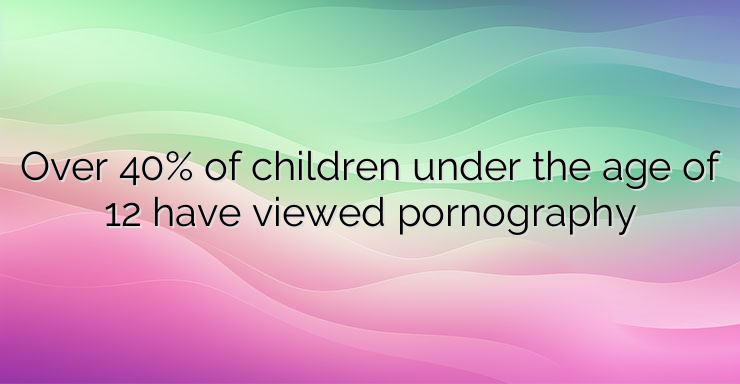40% of children have viewed pornography before the age of 12, a study has found. According to experts, this is a sign of the development of sexual addiction later. Easy access to online pornography, as well as a low level or lack of health and sexuality education, largely encourage the development of such an addiction among teenagers, says leading expert in the field of sex addiction Paula Hall. Half of those affected experience problems even before reaching the age of 16, explains the therapist. Almost half of those surveyed in the study experienced some form of childhood abuse or assault, indicating that this is a major cause of the condition. Other contributing factors are parental separation, limited sexuality education in the school system, etc. The study also highlights the contrasts between male and female attitudes towards sex addiction. Significantly more men – 57.3% – seek professional help than women – their percentage is 38.3%. The results also indicate the harmful consequences of sexual addiction. 65% of respondents are affected by low self-esteem and almost half have mental health problems. Almost half of those affected by sex addiction have lost a partner because of their behavior. According to the respondents, “easy access” and “lack of sex education” had the greatest influence on the development of their sexual addiction in childhood. Watching pornography is also identified as a common cause of addiction, the researchers explained. Experts believe there is a link between easy access to internet pornography for children and new research indicating increasing violence in teenage relationships. NEWS_MORE_BOX Signs of sex addiction, according to Dr. Patrick Carnes, a leading world expert in the field of this type of addiction, are: lack of control over behavior; using sexual fantasies as a way to cope with problematic feelings or situations; increased need for sexual activity; intense mood swings during sexual activity; spending more time planning, performing, or recovering from sexual acts; Neglecting important social, professional, or recreational activities in favor of sexual behavior.


Leave a Reply